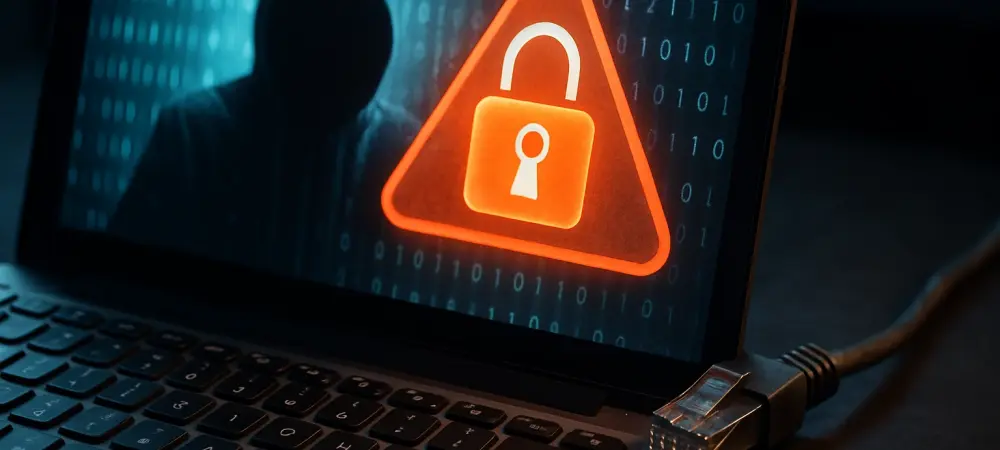Microsoft SharePoint stands as a leading collaboration platform, deeply integrated into business infrastructures worldwide. As organizations rely heavily on this tool for communication and collaboration, the significance of maintaining its security becomes paramount. The rise in cyber threats, especially with increasing vulnerability exploits, underscores the urgency for robust cybersecurity measures. Recent exploits targeting SharePoint have emphasized this need, raising concerns about its security and protective measures against sophisticated cyber-attacks.
Key Vulnerabilities Unveiled
CVE-2025-49706: The Spoofing Threat
One of the critical vulnerabilities in SharePoint, CVE-2025-49706, involves spoofing. This flaw allows attackers to deceive systems by masquerading as legitimate entities. The mechanics behind this exploit involve manipulation that poses significant risks to data authenticity and user trust. By exploiting this weakness, malicious actors can gain unauthorized access and compromise critical data, making it a severe threat in the digital landscape.
CVE-2025-49704: Remote Code Execution Concerns
Another severe threat, CVE-2025-49704, concerns remote code execution. This vulnerability enables attackers to execute arbitrary commands on the host system. The gravity of this flaw is apparent as it opens doors for unauthorized control over affected systems, potentially leading to data breaches and operational disruptions. Its exploitation is not only a technical concern but also a pivotal security issue that can have far-reaching consequences.
Trends in Exploitation and Hacker Activities
Over recent months, Microsoft has reported alarming exploitation trends linked to Chinese hacker groups such as Linen Typhoon, Violet Typhoon, and the emergent Storm-2603. These threat actors have been actively targeting SharePoint servers to obtain unauthorized access. The tactics employed by these groups involve sophisticated techniques like POST requests to bypass authentication and execute malicious code. Such activities demonstrate the evolving nature of cyber threats and the critical need for advanced defense mechanisms.
Real-World Impact and Case Studies
The repercussions of SharePoint vulnerabilities are far-reaching, affecting diverse organizations and sectors. Industries reliant on SharePoint for critical operations have faced challenges due to security breaches. Notable case studies reveal how specific organizations experienced operational setbacks due to these vulnerabilities, underscoring the impact on their overall security posture. These instances highlight the urgent need for improved security measures to protect sensitive information and maintain business continuity.
Navigating Challenges and Mitigation Strategies
Addressing these vulnerabilities poses various challenges, particularly in patch management and implementing effective security protocols. Microsoft has recommended several strategies to mitigate risks, including urgent updates and vigilance in applying security patches. Additionally, adopting preventive measures such as key rotations and deploying robust antivirus solutions are essential steps organizations can take to fortify their defenses against future exploits.
Prospects for SharePoint Security
The future of securing SharePoint and similar collaboration platforms looks toward potential advancements and innovations in cybersecurity. Anticipated breakthroughs include enhanced threat detection capabilities and more resilient security frameworks. As cyber threats continue to evolve, a proactive approach involving continuous monitoring and adaptation of security strategies will be crucial in safeguarding these essential platforms.
Conclusive Insights and Strategic Directions
In reviewing the landscape of SharePoint vulnerabilities, it becomes clear that ongoing vigilance and adaptation in cybersecurity are indispensable. Existing security measures must evolve continually to combat emerging threats effectively. As organizations strive to bolster their defenses, the focus should be on leveraging new technologies and methodologies that promise greater resilience against sophisticated cyber assaults. Moving forward, it is vital for enterprises to prioritize cybersecurity as an integral component of their operational strategy.

